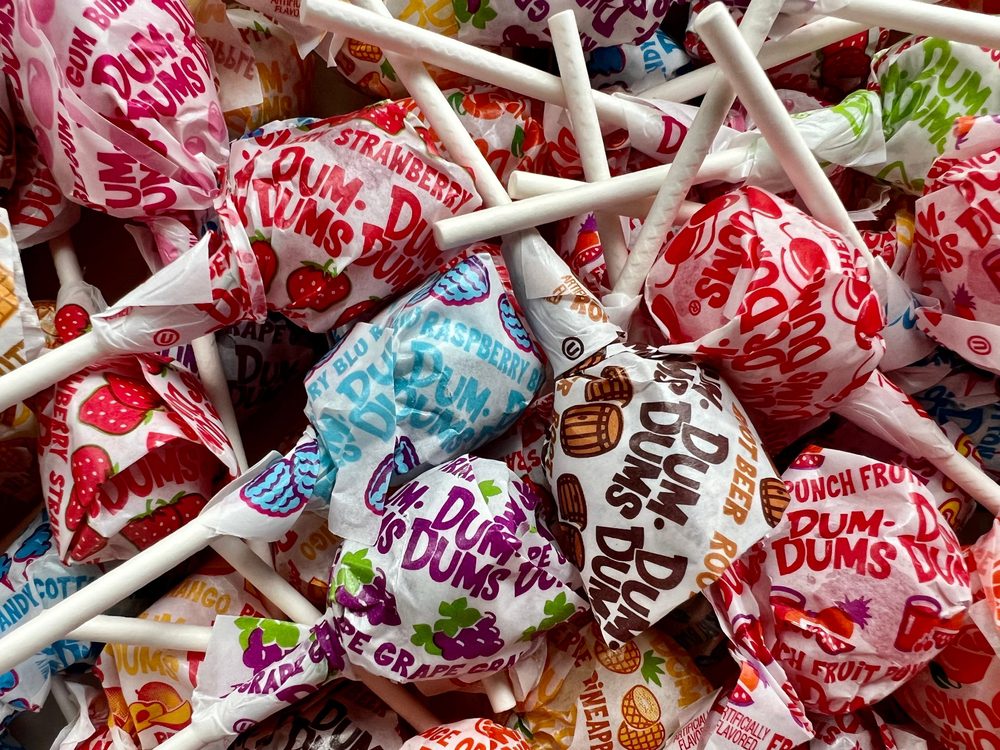By now, most marketers have accepted the fact that consumer attention spans are shrinking. It’s hard to get anyone’s attention, let alone keep it for more than mere moments. We live in a distracting world with lots of content competing for our “view.” The intersection of these two points—shortened-attention spans with a growing amount of content—has birthed the micro-moment. Typically defined as thirty-seconds or less, we’ve seen the proliferation of micro-moments across all forms of media—from Vine, to Snapchat and now the six-second ad.

A micro-moment is a short, expressive video moment. It can be original content, or it can be a snippet from a larger video—a movie, show or trailer, for example. It fits a ton of personality into a small amount of time. And it’s a perfect engagement tool that fits within the habits of younger generations.
So how can brands develop engaging, viral-worthy micro-moments? While creativity should never be underestimated, there’s a few considerations that can add some extra magic to a micro-moment:
Consider conversational context.
This may be obvious, but content engagement is driven by shares and views. The easiest way to increase engagement then, is to increase shares and views. Developing content that has conversational context is a means to this end.
Content that fits seamlessly into natural conversations—Bud Light’s Dilly Dilly, for example—is positioned for heightened engagement. It would be much less likely for a clip of someone saying “let’s grab a Bud Light” to have quite the popularity that the Dilly Dilly campaign has achieved. Its genius lies in craftily connecting the brand to a joyous, clever and catchy phrase that anyone could use.
Use movement to emphasize expression.
Movement should not be underestimated in a succinct video. Humor, relatability and personality are all reinforced through physical action.
The goal is not to just be quick, but rather be concise on a topic. Padding the ends of a dialogue with movement or expression can be just as important as the line itself. The buildup and follow through are classic ingredients for delivering a hilarious joke. Comics will hold a facial reaction to sell a punchline.
Take George Costanza from Seinfeld, for example. Just a cut of him yelling “I got it!” wouldn’t pack quite the punch. It’s about the passionate entrance through the doorway and the raised fists as the laughter carries the moment and is rounded out by the Seinfeld theme.
Other articles you might enjoy:
Tap into the internet’s lexicon.
How does content become viral? When it rapidly accumulates shares and/or views. If a brand wants to create viral content, it must be created with shares and views in mind.
The easiest way to increase shares is by tapping into the Internet culture’s lexicon. If your content “speaks” the way consumers do online, it’s in a much better position to fit seamlessly into conversation.
The movie Blocker’s “Yas Queen” is a great example. The trailer was released in December 2017 and within weeks, its “yas queen” quote was one of the top-results for that phrase. The clip generated thousands of views and, consequently, awareness of the movie months before the film was even released. It was a budget-free, viral sensation because it tapped into the internet’s lexicon.
The more expressive or reactionary, the better.
Content like memes or video clips have become a form of communication within themselves. It’s not unheard of, or even strange, for a text conversation to be compiled of words, emojis and some visual components.
In many cases, text becomes the secondary form of communication simply because it lacks an emotional-kick. Is a friend trash talking your fantasy league? Rather than telling them to “shut it,” this line from Always Sunny is a much better way to communicate playful anger.
Tackling a less crowded category can play in your favor.
Developing content for less content-heavy categories can play to a brand’s favor. For example, a coffee brand looking to generate marketing material could pull in major views and shares from a humorous coffee-related video simply because the category—coffee—is not overly populated with content.
This approach only works for categories that are culturally popular (which is why coffee works, as does cleaning, shopping, checking email, or driving), or culturally relevant (see the points below).
Designing for broader categories can play to your favor as well.
On the other hand, designing for broader categories—such as “lol”—also has its benefits. These searches, while crowded, are crowded for a reason—people often search these terms. As the case goes, if someone is actively looking for content and your content fits what they’re looking for (e.g. lol), then your content is more likely to get discovered. And sometimes, that’s half the battle.
The downfall of this strategy is of course the competition. Content that succeeds in crowded categories typically checks the boxes of several other points outlined in this article.
Keep the content timely and relevant.
Micro-moments work best when they are timely and/or relevant. That means content that taps into the current consumer climate, or the current season du jour.
When Duracell’s “Holiday Chaos” clip first debuted on our site during the holiday season, it performed exceptionally well because of its relevance. The “Yas Queen!” clip from earlier is also an example of the power of cultural relevance.
Micro-moments are having a moment, and it’s worth capitalizing on these shortened video segments to engage with consumers. A bit of creativity, harnessed by strategy and knowledge of “what works,” is the best recipe for success.
Chris Nickless is co-founder and CEO of Vlipsy, a platform that makes it easy to share moments from popular films, tv shows and other videos through messaging apps and social media. He can be reached at [email protected].




 Network
Network

